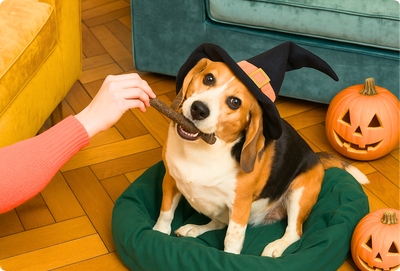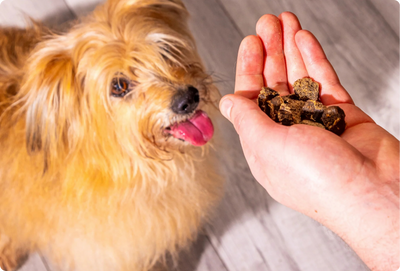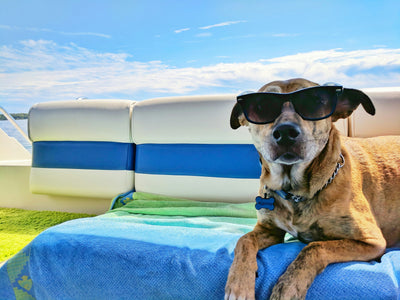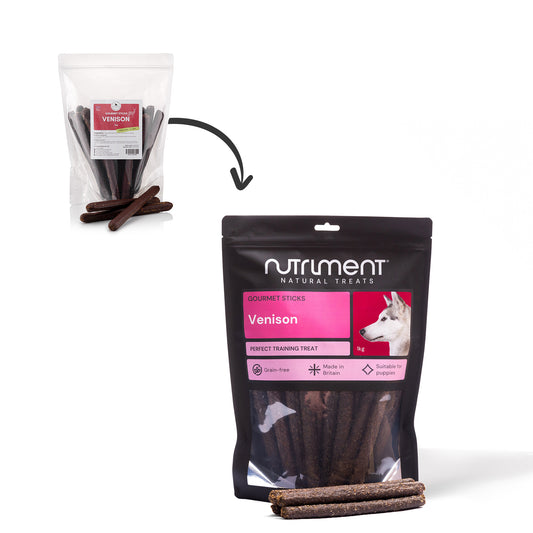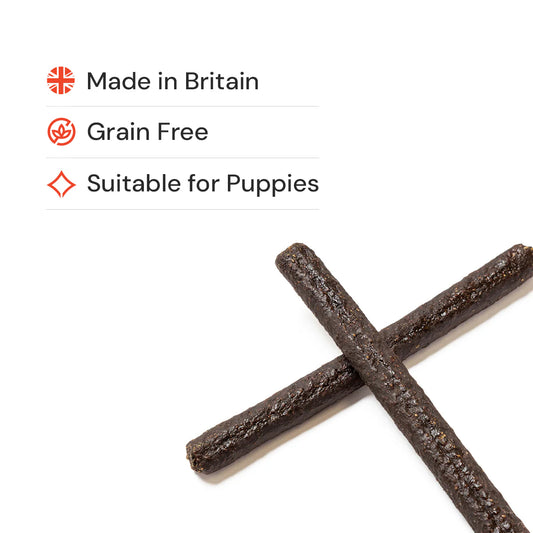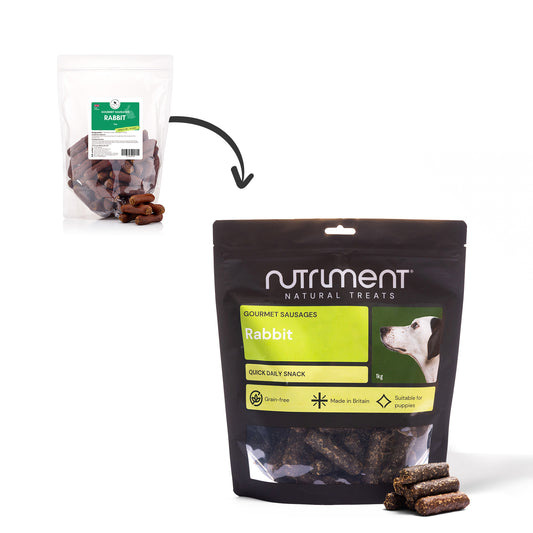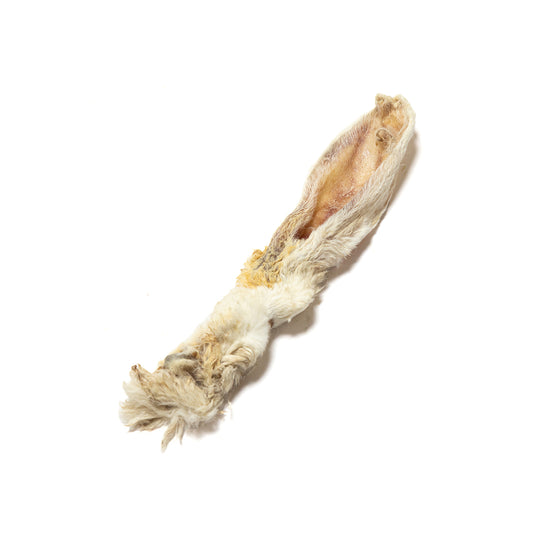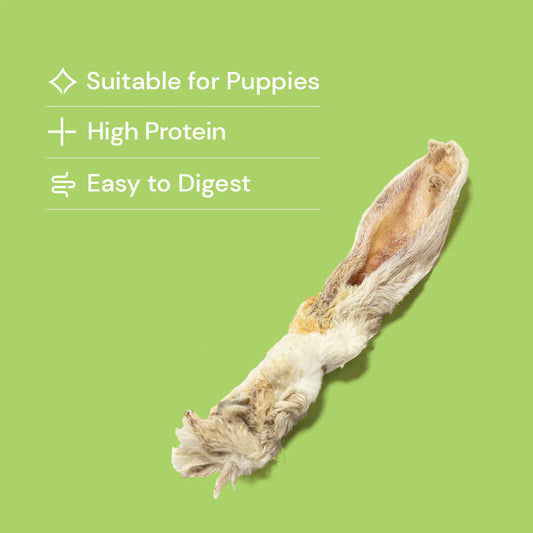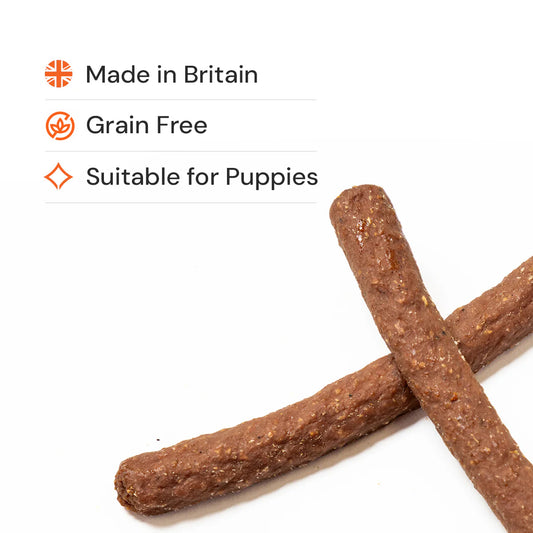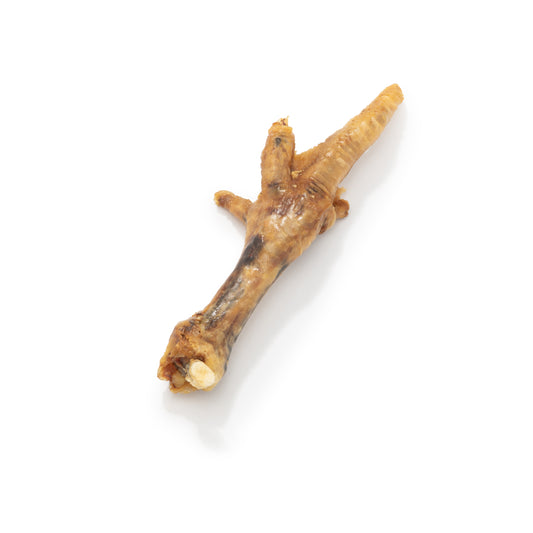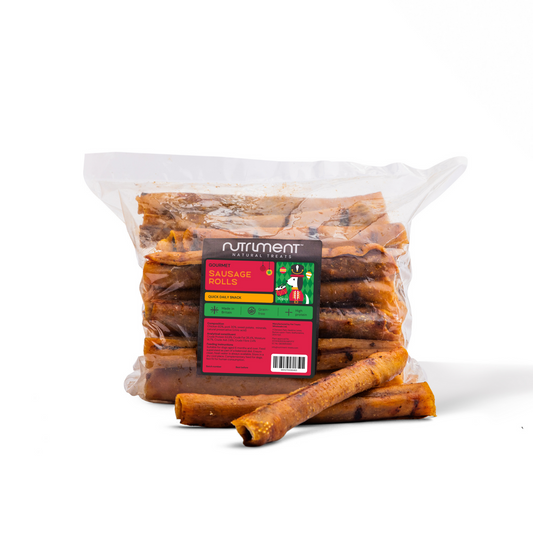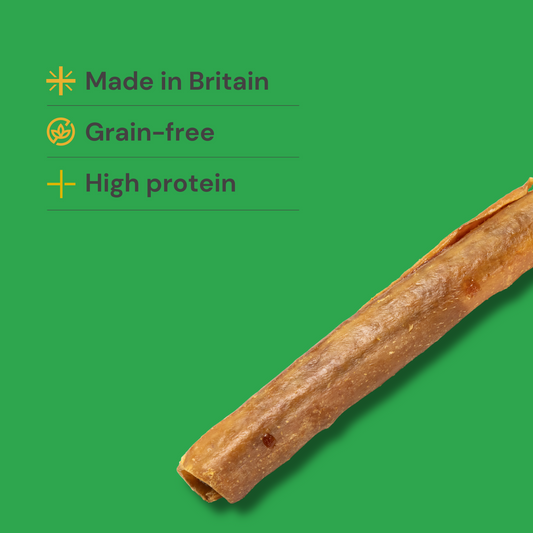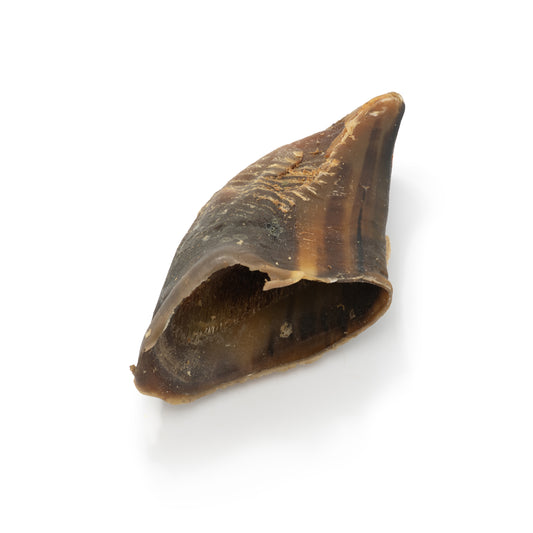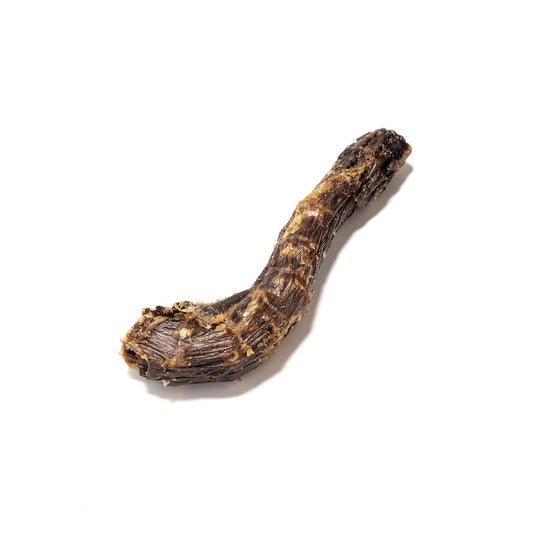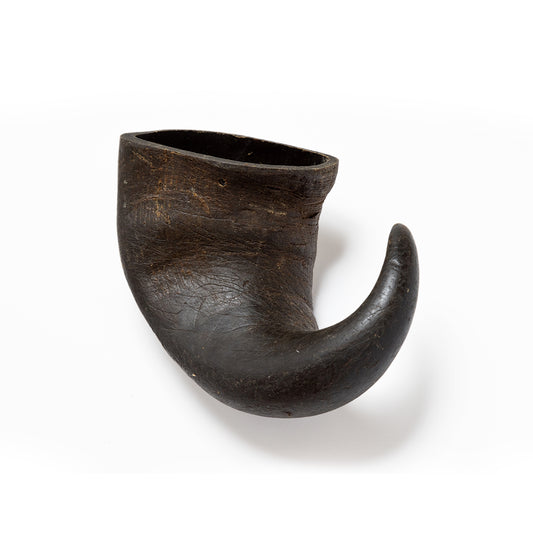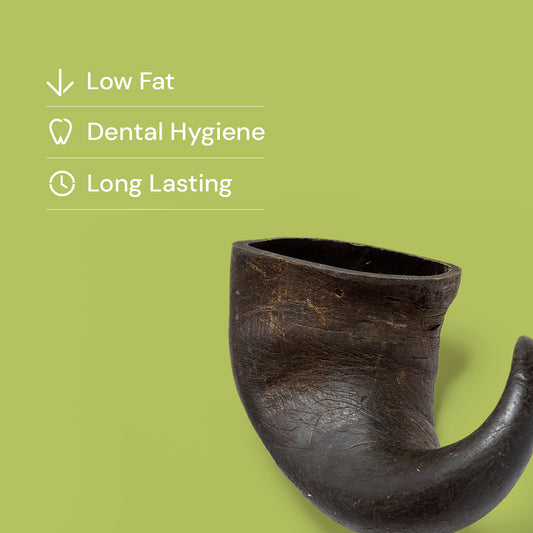
(Written by Georgia Hatton)
Dogs and Royalty have a long history together - from guarding the palace, to hunting with their masters, to snuggling up in the laps of ladies - canines have been a key feature in royal life all over the world, for centuries.
Perhaps the oldest example of royal dogs comes from ancient Egypt - a tomb painting (something only granted to the highest members of society) dated over 5500 years ago shows a man walking his dog on a lead!

This tomb painting also appears to show a mongoose being walked alongside the dog, a feature that has baffled archaeologists!
Initially, the dogs in these tomb paintings were shown with pricked ears and a curly tail - an extinct type of dog now known as a Tesem - but over time they slowly changed into the floppy-eared, long tailed saluki that still exists today. In the tomb of Tutankhamun, the boy king is shown with his beloved dogs - the images of which strongly resemble the modern day Saluki!

Tall, and graceful, the saluki is one of the oldest dog breeds. Once past the destructive puppy stage, these dogs, like most sighthounds, enjoy spending their days lounging on comfortable surfaces, such as your bed or sofa. Their fragile appearance is deceiving though - although a greyhound is the fastest dog breed over short distances, the saluki has them beat over half a mile and more! They have their quirks - they can be shy if not socialised enough as youngsters, emotionally sensitive to stress, independent thinkers and have a strong instinct to chase small, running animals!
Another ancient breed, the Akita Inu has been relatively unchanged over the last 1000 years, since it originated in Japan. Originally bred as hunting companions and helpers, these dogs are large, persistent and fearless - although in modern society that often labels them as being stubborn and hard to train. In the 17th and 18th centuries they were only allowed to be owned by Shoguns for the purpose of hunting and guarding. In the early 20th century the breed became available to all and in 1937 the first Akita’s arrived in America, when the emperor of Japan gifted a pair to Helen Keller, a renowned Author and disability rights activist. Over time, the US dogs took on a different appearance to the original Japanese Akita, and in many countries around the world they are now considered to be two different breeds.

Remaining in Asia, the Shih-Tzu is another breed with royal approval. Bred throughout history to be a lion-dog - the coat around the head and face is said to resemble the big cat - they were an appealing dog to members of the Chinese royalty, and they’ve often been given as symbolic gifts to imperial leaders. Their origins are a little fuzzy - much like the coat of a puppy - but they most likely came from the mountains of Tibet. These little dogs were prized as lap warmers, and are one of the earliest examples of dogs solely as companions, rather than being prized for their hunting, herding or guarding abilities.

Photo by Adam Grabek on Unsplash
Sticking with small dogs, the toy spaniels - such as the Cavalier King Charles Spaniel - have been popular with royalty since at least the Tudor era. Although bred to be lap dogs, they also had to be fit enough to keep up with horses when out hunting. The early spaniels in the reign of Charles II had long legs, and long noses. After he died a fascination with flat faced breeds from Asia started, and they became shorter in the face and had a more domed skull. Roswell Eldrige, a breeder, championed the original, seen in paintings from the era of Charles and worked to bring back a longer nose, longer legged toy breed spaniel - the cavalier type. The two types were separated in 1946 and the cavalier is now the more popular breed.

It is the King Charles Spaniel though with the most recent royal connection - Queen Victoria’s Dash was her closest childhood companion, as the upbringing she had kept her isolated from other children.
Perhaps the most famous of the royal dogs are the queen's corgis - a topic that will be covered in next week's blog, just in time for the platinum jubilee celebrations!


